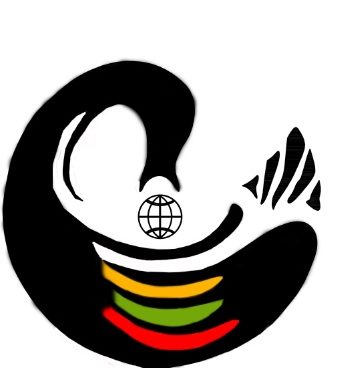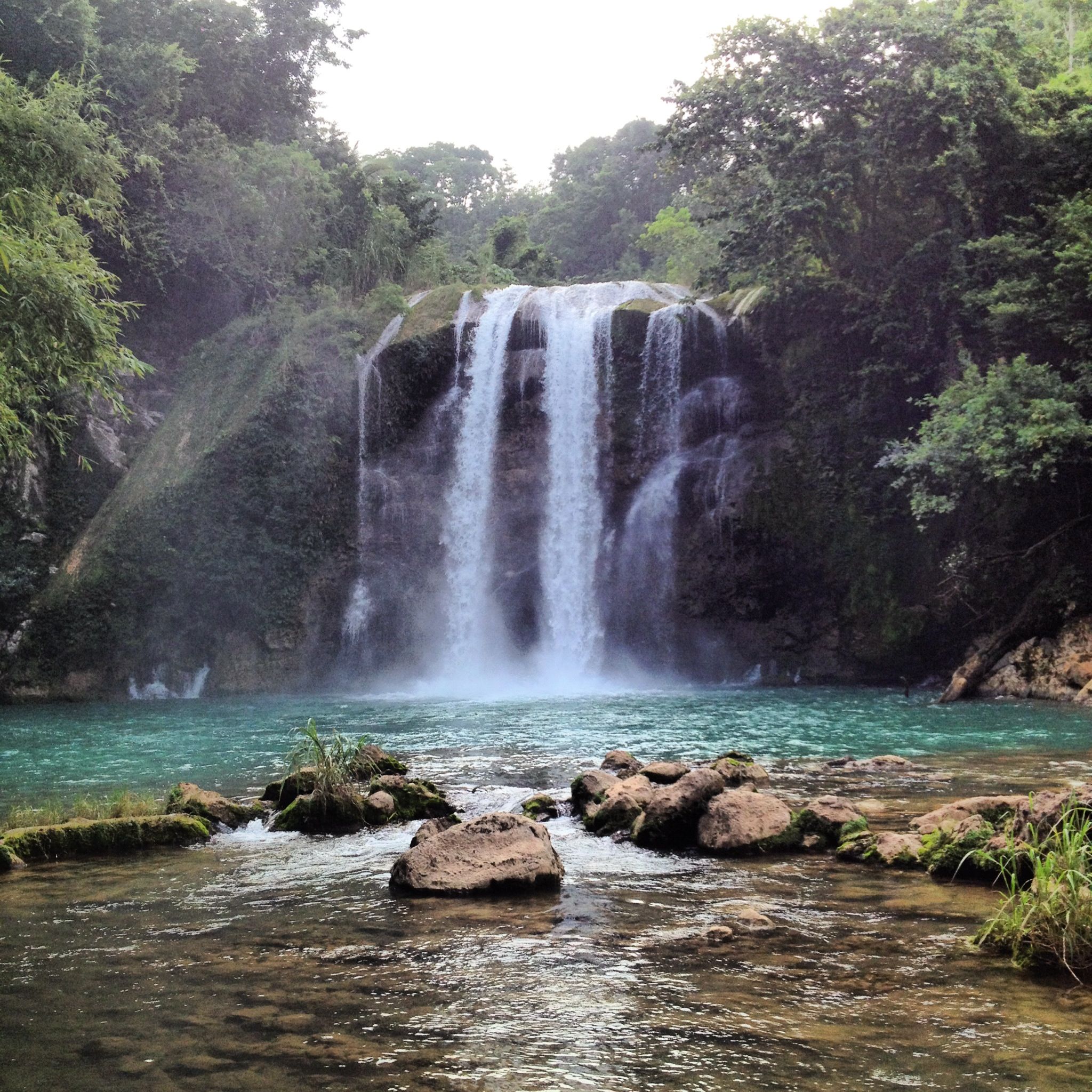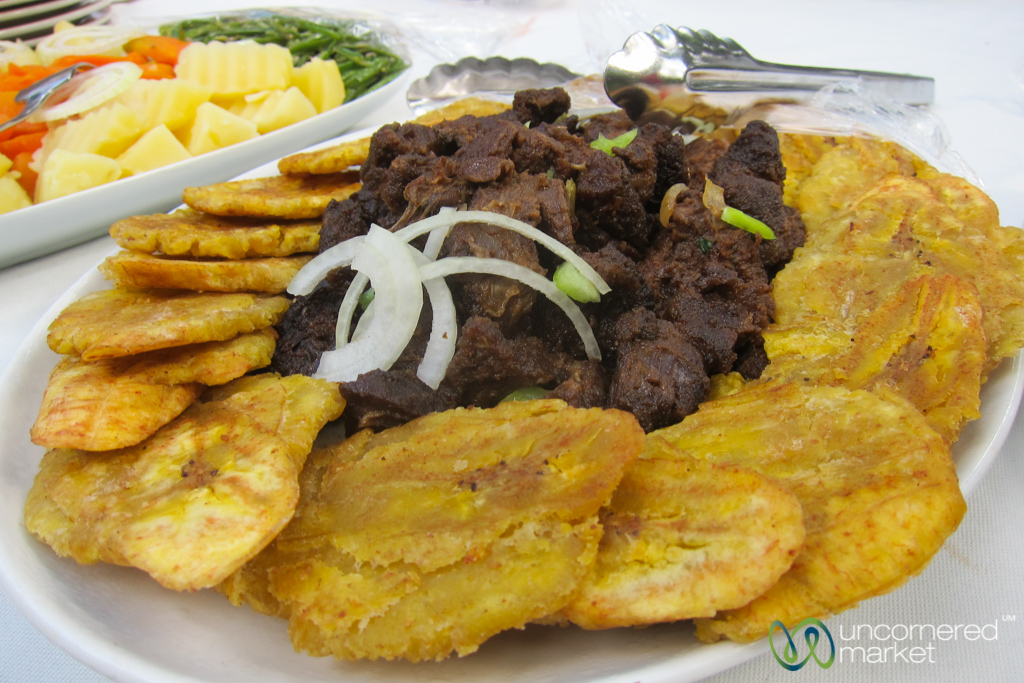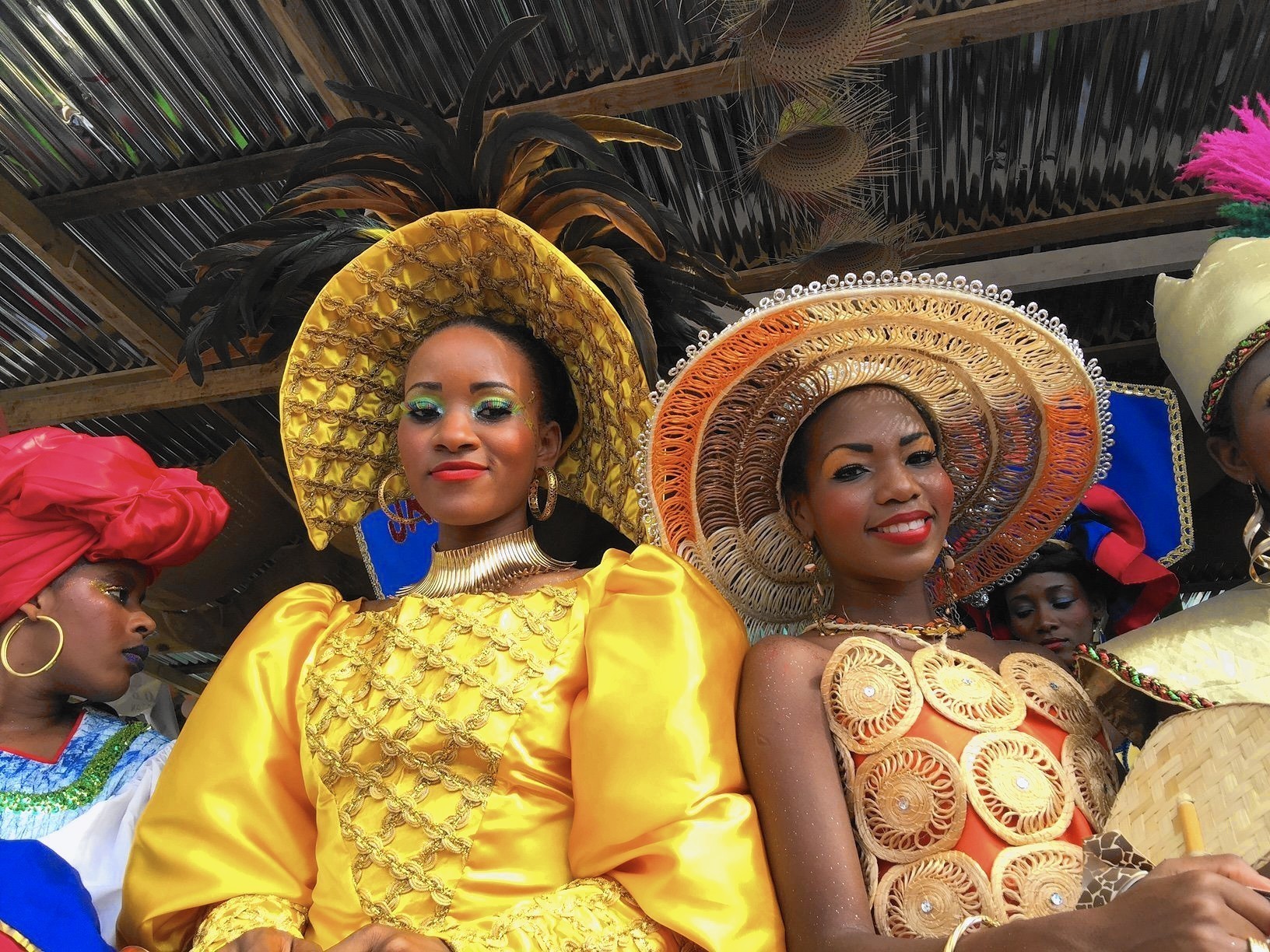Haiti is located in the Caribbean Sea that includes the western third of the island of Hispaniola and such smaller islands as Gonâve, Tortue (Tortuga), Grande Caye, and Vache. The capital is Port-au-Prince. Haiti, whose population is almost entirely descended from African slaves, won independence from France in 1804, making it the second country in the Americas, after the United States, to free itself from colonial rule. Haiti is bordered to the east by the Dominican Republic, which covers the rest of Hispaniola, to the south and west by the Caribbean, and to the north by the Atlantic Ocean. Cuba lies some 50 miles (80 km) west of Haiti’s northern peninsula, across the Windward Passage, a strait connecting the Atlantic to the Caribbean. Jamaica is some 120 miles (190 km) west of the southern peninsula, across the Jamaica Channel, and Great Inagua Island (of The Bahamas) lies roughly 70 miles (110 km) to the north. Haiti claims sovereignty over Navassa (Navase) Island, an uninhabited U.S.-administered islet about 35 miles (55 km) to the west in the Jamaica Channel. Nearly all of Haiti’s population are of African origin (termed blacks). A small minority of people of mixed European and African descent (called mulattoes) constitute a wealthier elite and account for most of the remainder. There is also a small number of people of European descent. Haiti has differentiated itself ethnically, linguistically, and culturally from other Caribbean and Latin American countries, notably the Spanish-speaking and the English-speaking countries of the region. Haiti has no official religion, and the constitution allows for religious freedom. More than half of the population practices Roman Catholicism, the dominant sect of Christianity, and approximately one-fourth is Protestant or independent Christian. Haiti is densely populated, particularly on the plains, although cultivated plots and settlements are also found on the hills and steep mountains. Some two-fifths of the people live in rural areas, primarily as subsistence farmers or agricultural labourers. Rural population densities are high, which places a strain on the environment and on the well-being of the people. The population is still increasing in the countryside, despite growing migration to the cities.
Things to Do:
Visit the Saut-d’Eau Waterfalls.
Visit the Junilee Voodoo Monument
Visit the Forts of Dessalines




